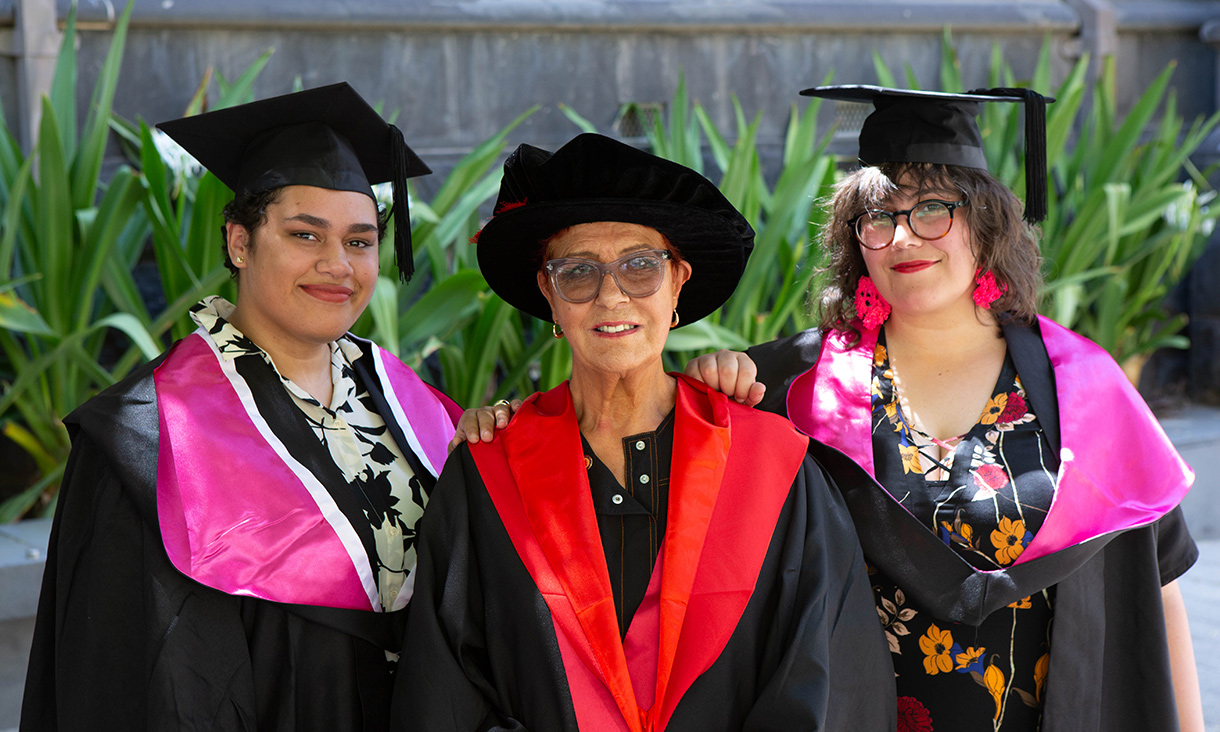“It was inspiring to see that they have Indigenous identities that are whole, proud, resilient and strong, they know who they are. I describe the results as bringing your ‘messy, whole, self’ to the fore. People’s identities are complex. Indigenous identities are complex and involve many different aspects for example, for some it included being Christian and for others being an Indigenous gay person. All of these elements can coexist.
“Working with these communities changed the whole way I look at life. As a Jewish immigrant, I was inspired to connect with my own roots and ended up traveling to Morocco to trace my father’s history. I now have a sharpened and enriched awareness of my own identity that includes many elements as a Jewish person, immigrant, woman, mother and researcher. I have also changed the way I interact with the natural environment. For example, my whole relationship with water has changed. I now see it as a living entity and so the way I interact with water is far more respectful.
“We found that Art-Yarning enhanced the self-awareness of both Indigenous and non-Indigenous individuals. For the non-Indigenous participants, the method crystallised pathways of adaptation to various Indigenous ways of ‘knowing-being-doing’. The method unsettled our settler identities in both bearable and productive ways and promoted healthy cross-cultural communication.
“While this project reflected strong, resilient and whole Indigenous identities, this does not dismiss the urgent need for justice or undermine the challenges Indigenous participants face. It does however, illuminate and celebrate the strength, diversity and richness of their identities and counterbalances the deficit-driven portrayals of Indigenous people common in Australia. Indigenous knowledge systems and people become teachers to learn from, rather than about.
Elinor Assoulin respectfully acknowledges the Gunditjmara and Wathaurong Countries and Eileen Alberts (Aunty Maude) and Edward Alfred Lovett (Uncle Ted).
She also acknowledges the host organisations for her sessions with thanks to the Winda Mara Aboriginal Corporation and The Ballarat and District Aboriginal Co-operative.
Interview: Kate Milkins





